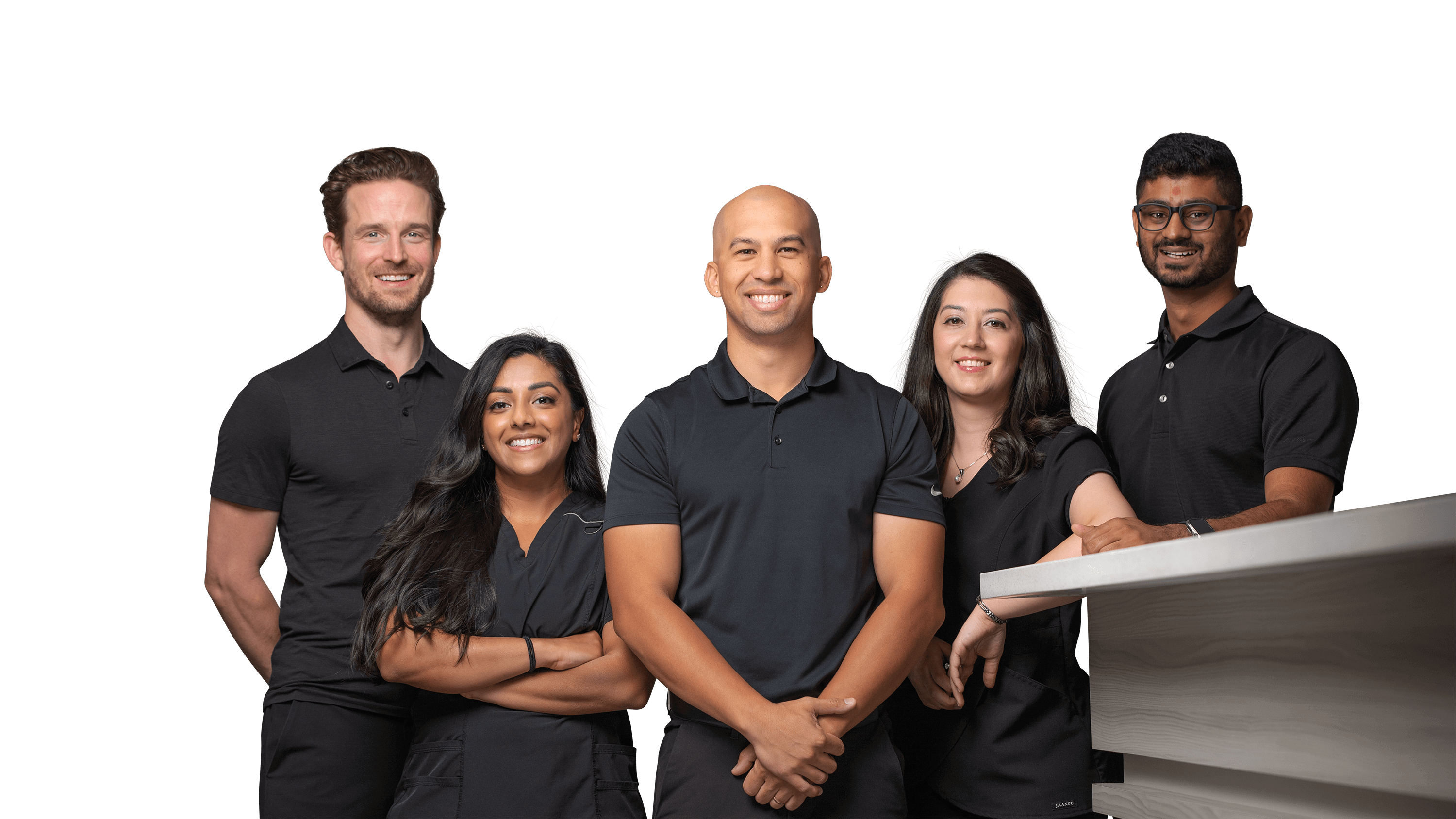Varicose Veins/Edema

Medical terminology: varicose veins, edema
Varicose veins are medical condition where superficial veins become enlarged and twisted. These veins usually develop in the legs, right under the skin. Varicose veins have no specific cause and usually cause only a few symptoms like fatigue or pain in the area. The main risk factors include obesity, lack of exercise, long periods of sitting/standing and family history of the condition.
Edema is swelling caused by excess fluid trapped in your body’s tissues. Edema often happens in the feet, ankles and legs but can affect any part of the body. There are many possible causes for edema such as:
- Long periods of sitting or standing.
- Weak or damaged veins in the legs (such as varicose veins).
- Certain diseases (congestive heart fail, kidney disease, diabetes etc).
- Certain medication can cause increased fluid retention.
- Trauma or allergic reaction.
- Being pregnant (due to increase weight gain and stress on the lower body veins).
How can you treat?
Varicose veins:
- Compression socks – graduated compression socks that apply a certain pressure (measured in mmHg) to help improve circulation/function of veins and reduce foot/ankle swelling (edema).
- Sclerotherapy – using ultrasound guided injection, a sclerosis solution is injected into the vein causing it to shrink.
- Laser therapy – laser energy is used to destroy the damaged vein under the skin surface to help the appearance of the varicose vein.
- Surgery – the abnormally large and twisted vein is surgically removed from the leg.
Edema
- Compression socks – graduated compression socks that apply a certain pressure (measured in mmHg) to help improve circulation/function of veins and reduce foot/ankle swelling (edema)
- Monitoring of weight, fluid and salt intake.
- Reviewing medication.
- Treating the underlying disease that may be affecting fluid retention.
- Protect any swollen areas from additional pressure, injury and extreme temperatures.
Recommendation to prevent the issue:
- Avoid long periods of sitting or standing (get up or sit down every 30 minutes to reduce strain on lower body veins).
- Use of compression socks to avoid potential varicose/edema.
- Weight and diet control to prevent excessive stress on bodily organs/veins and potential disease that effect fluid retention.
- Routine medical appointments to monitor overall health.
